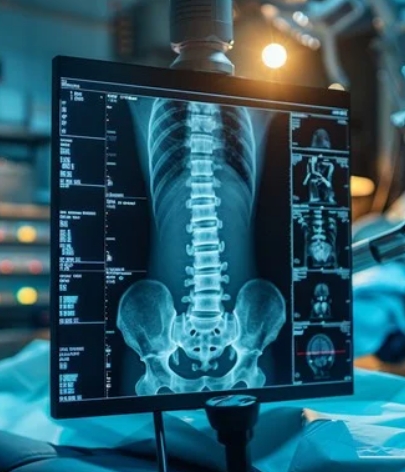
How effective is chiropractic care for pregnant women with low back pain?
In 2013, a study has highlighted the benefits of a multimodal approach in managing low back and pelvic pain in pregnant women, offering a promising alternative to standard obstetric care. The research, conducted by a team led by James W. George and colleagues, was published following a prospective, randomized trial involving 169 pregnant women. The trial aimed to determine whether a combined approach of musculoskeletal … Continue reading How effective is chiropractic care for pregnant women with low back pain?



